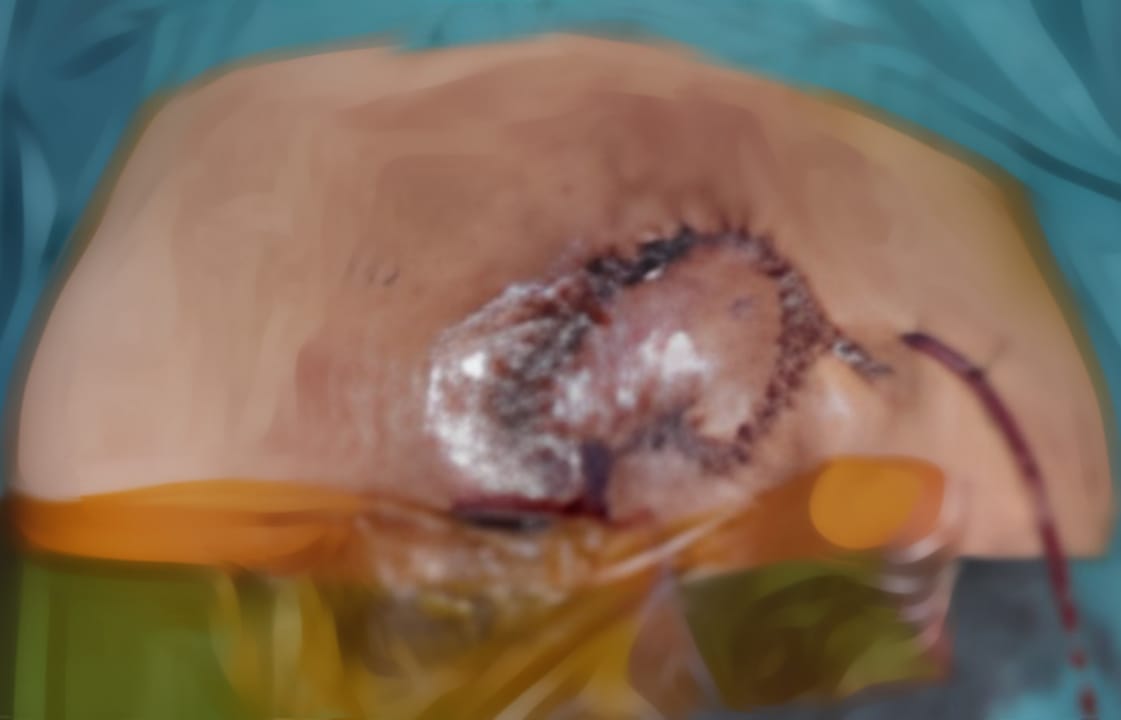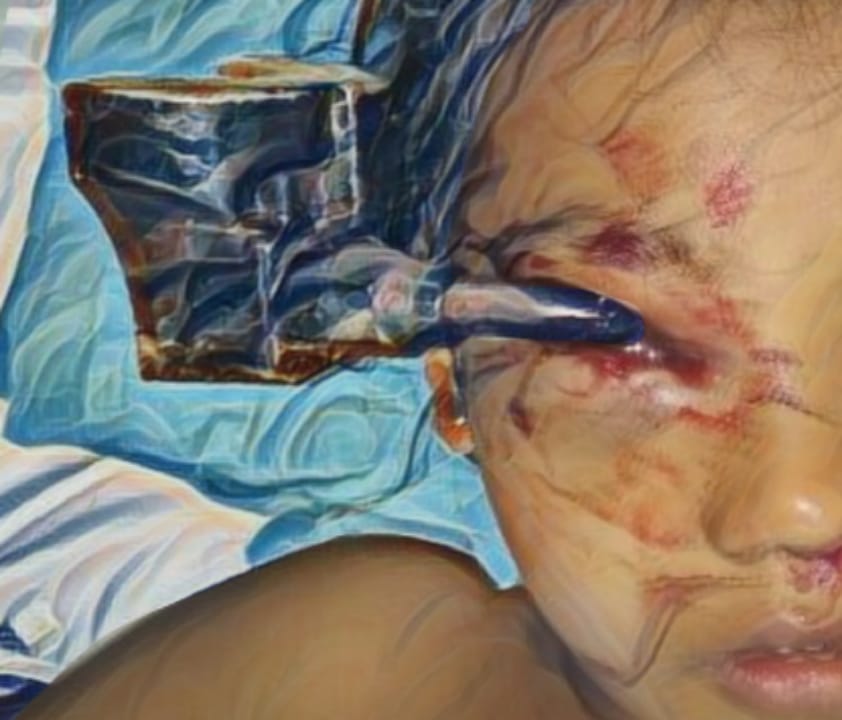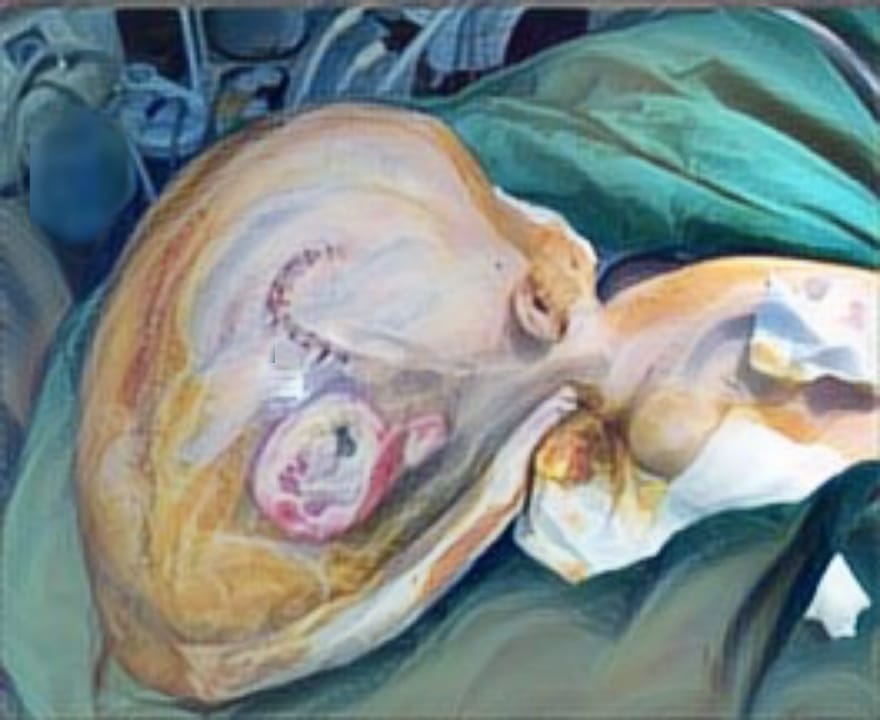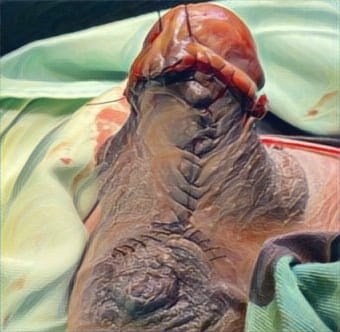LOCAL FLAP TECHNIQUES OUTCOME FOR SACRAL PRESSURE ULCERS CLOSURES: A SYSTEMATIC REVIEW

Downloads
Highlights:
- Local flap reconstruction for sacral defects due to chronic pressure ulcers faces major challenges, including a high risk of infection, recurrence, and the complex sacral anatomy.
- Effective local flap techniques tailored to patient needs such as, the Clover Style, Modified Parasacral Bilobed, and Bilobed Flaps have been shown to improve both functional and aesthetic outcomes.
Abstract:
Introduction: Sacral pressure ulcers (PUs) pose a major challenge, especially in bedridden and elderly patients, due to risks like infection and delayed healing. Surgical reconstruction using local flaps offers effective defect closure with low donor-site complications. This systematic review analyzes local flap techniques for sacral PU reconstruction based on studies published from 2019 to 2024.
Method: A comprehensive literature search was conducted in PubMed, selecting empirical studies that met predefined inclusion criteria. A total of seven studies were reviewed, comprising five case series and two case reports.
Result: The findings highlight multiple local flap techniques, including the Clover-Style Fasciocutaneous Perforator Flap, Modified Parasacral Perforator-Based Bilobed Flap, and Bilobed Flap, each demonstrating favorable outcomes with high flap survival rates and minimal complications. These techniques offer advantages such as tension-free closure, enhanced vascularity, and reduced recurrence risk, making them viable alternatives for sacral PU management.
Conclusion: Local flap reconstruction is a reliable and effective method for managing sacral pressure ulcers, with high success rates and good healing outcomes. Flap selection depends on defect size, patient condition, and surgeon expertise. A multidisciplinary approach involving preoperative imaging, wound care specialists, and physiotherapists can enhance surgical success. Further research, particularly randomized controlled trials, is needed to strengthen evidence-based flap selection criteria. Overall, local flaps remain the mainstay in sacral pressure ulcer reconstruction, contributing to improved patient quality of life.
Jaul E & Menczel J. A comparative, descriptive study of systemic factors and survival in elderly patients with sacral pressure ulcers. Ostomy Wound Manage. 2015;61(3):20-26. PMID: 25751847.
Ozel B. Management of patients with pressure ulcers. Arch Med Rev J. 2014;23(3):492-505.
Abe Y, Mineda K, Yamashita Y, Nagasaka S, Yamasaki H, Bando M, et al. Ischial and Sacral Pressure Ulcers A Review of Optimal Treatments, Historical Management, and Surveillance Studies of the Japanese Population. Int J Surg Wound Care. 2022; 3(3): 74-80. DOI:10.36748/ ijswc.3.3_74
Headlam J & Illsley AL. Pressure ulcers: an overview. Br J Hosp Med. 2020; 81(12):1-9. DOI:10.12968/ hmed.2020.0074
Singh A, Mander KS, Singh GP, Gulati SK, Malhotra G, Garg KC, e al. Use of Limberg Flap for Closure of Sacral Pressure Sores. Indian J Plast Surg. 1994; 27(2):72-75. DOI: 10.1055/s-0043-1776077
Borman H & Maral T. The Gluteal Fasciocutaneous Rotation-Advancement Flap with V-Y Closure in the Management of Sacral Pressure Sores. Plast Reconstr Surg. 2002; 109: 2325–2329.
Tawfeeq TW, Al-Zerkani AQ, & Abdulateef SA. Reading Man Flap for Sacral Pressure Ulcer Reconstruction. Med Leg Update. 2021;21(3):529–535. DOI : 10.37506/mlu.v21i3.3041.
Singh A. Closure of pressure ulcers. Indian J Plast Surg. 2003;36(1):55.
Kyung H, Ko G, Song SH, Oh SH & Ha Y. Reconstruction of Sacral Pressure Ulcer Using a Modified Parasacral Perforator-Based Flap (Maple Leaf Design): An Easier Method for Beginners. Int J Lower Extremity Wounds. 2020;20(4):374-378. DOI:10. 1177/1534734620923457
Cheng J, Zhang Q, Feng S, Wu X, Huo W, Ma Y, et al. Clover-Style Fasciocutaneous Perforator Flap for Reconstruction of Massive Sacral Pressure Sores. Ann Plast Surg. 2021; 86(1):62-66. DOI:10.1097/SAP. 0000 000 000002442.
Ferreira J, Nicolas G, Valente D, Milcheski D, Saliba M & Gemperli R. Surgical treatment of sacral pressure wounds in patients with COVID-19: A case series. J Plast Reconstr Aesthet Surg.2023;87:491-493. DOI:10.1016/ j.bjps.2022.11.060.
Jiao X, Cui C, Kiu-Huen Ng S,Jiang Z, Tu C, Zhou J, et al. The modified bilobed flap for reconstructing sacral decubitus ulcers. Burns Trauma. 2020;8:tkaa012.DOI:10.1093/burnst /tkaa012.
Sgarzani R, Rucci P, Landi S, Battilana M, Capirossi R, Aramini B, et al. Reconstructive Surgery of Pressure Injuries in Spinal Cord Injury/Disorder Patients: Retrospective Observational Study and Proposal of an Algorithm for the Flap Choice. Healthcare (Basel). 2023; 12(1):34. DOI:10.3390/healthcare12 010034.
Tchuenkam LW, Titcheu F, Mbonda A, Kamto T, Nwaha AM, Kamla IJ, et al. The gluteus maximus V-Y advancement flap for reconstruction of extensive soft tissue loss following an advanced sacral pressure ulcer. Int J Surg Case Rep. 2020. 73:15-21. DOI:10.1016/j.ijscr.2020.06.060.
Lee H-J, Pyon J-K, Lim SY, Mun G-H, Bang S-i & Oh KS. Perforator-based bilobed flaps in patients with a sacral sore: application of a schematic design. J Plast Reconstr Aesthet Surg. 2011; 64(6):790-795. DOI: 10.1016/ j.bjps.2010.09.020
Biglari B, Büchler A, Reitzel T, Swing T, Gerner HJ, Ferbert T & Moghaddam A. A retrospective study on flap complications after pressure ulcer surgery in spinal cord-injured patients. Spinal Cord. 2014;52:80–83. DOI:10.1038/sc.2013.130
Bamba R, Madden JJ, Hoffman AN, Kim JS, Thayer WP, Nanney LB, Spear ME. Flap Reconstruction for Pressure Ulcers: An Outcomes Analysis. Plast Reconstr Surg Glob Open. 2017; 5(1): e1187. DOI:10.1097/GOX.000000000 0001187.
Özkan B, Albayati A, Tatar BE & Uysal CA. The use of mathematically standardized bilobed design perforator flaps for coverage of sacral pressure ulcers. Microsurgery. 2022; 43:229-237. DOI:10.1002/micr.3097 3
Shrateh ON, Jobran AWM, Adwan R, Al-Maslamani Z, & Tarifi A. Successful management of extensive stage four sacral pressure ulcer in a paraplegic patient: A case report. Int J Surg Case Rep. 2023; 105:107990. DOI:10.1016/ j.ijscr.2023.107990.
Pathan I. The Bilobed Flap - Critical Analysis and New Mathematically Precise Design. Eplasty. 2024; 31(24): e42. PMCID: PMC11367157
Luiz Alexandre Lorico Tissiani LAL, Alonso N, Carneiro MH & Bazzi K.Versatility of the bilobed flap. Monica Rocco. Rev Bras Cir Plást. 2011. 26 (3). DOI:10.1590/ S1983-51752011000300009
Kuo PJ, Chew KY, Kuo YR & Lin PY. Comparison of outcomes of pressure sore reconstructions among perforator flaps, perforator-based rotation fasciocutaneous flaps, and musculocutaneous flaps. Microsurgery. 2014; 34(7): 547-553. DOI:10.1002/micr.22257.
Lin CT, Chen SY, Chen SG, Tzeng YS & Chang SC. Parasacral Perforator Flaps for Reconstruction of Sacral Pressure Sores. Ann Plast Surg. 2015;75(1):62-5.DOI: 10.1097/SAP.0000000000000 024.
Tada H, Hatoko M, Tanaka A, Kuwahara M, Mashiba K & Yurugi S.Experiences of the reconstruction of sacral pressure sores with the parasacral perforator-based island flap. European Journal of Plastic Surgery.2002; 25:17–20. DOI:10.1007 / s00238-001-0329-5
Nicolas G, Ferreira J, Valente D, Abbas L, Saliba M, Milcheski D, et al. Surgical treatment of sacral pressure injury in ambulating patients during the COVID-19 pandemic: A prospective cohort with complications analysis and elaboration of a surgical treatment protocol. Journal of Plastic, Reconstructive & Aesthetic Surgery, 2024; 92: 207-211. DOI:10.1016/ j.bjps.2023.09.021
Jian Z, Xiaojin M, Shune X,Shusen C, Wei C & Zairong W. Guide to Perforator Flap Selection for Buttock Pressure Sore Reconstruction. Annals of Plastic Surgery.2024; 92(2):222-229. DOI: 10.1097/SAP.0000000000 003753
Naoshige I & Ayako W. Usefulness of Simple-Designed Bilobed Flap for Reconstruction of Ischial Decubitus Ulcer. Plastic and Reconstructive Surgery - Global Open.2015; 3(9): e525.DOI: 10.1097/GOX.0000000000 000506
Copyright (c) 2025 Yanuar Ari Pratama, Lakshya Nehal Samineni

This work is licensed under a Creative Commons Attribution-ShareAlike 4.0 International License.
JURNAL REKONSTRUKSI DAN ESTETIK by Unair is licensed under a Creative Commons Attribution-ShareAlike 4.0 International License.
- The journal allows the author to hold copyright of the article without restriction
- The journal allows the author(s) to retain publishing rights without restrictions.
- The legal formal aspect of journal publication accessbility refers to Creative Commons Attribution Share-Alike (CC BY-SA)




















